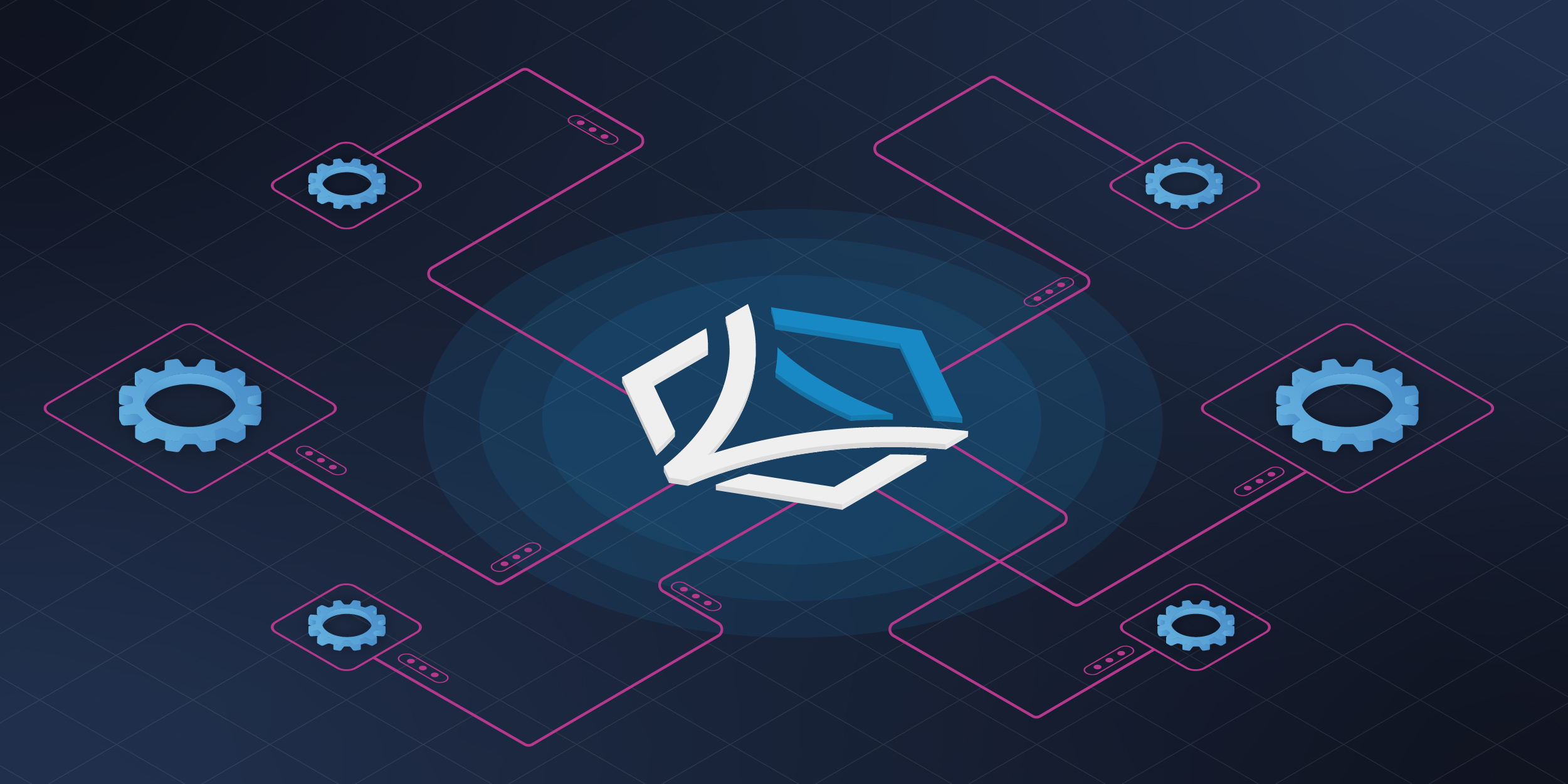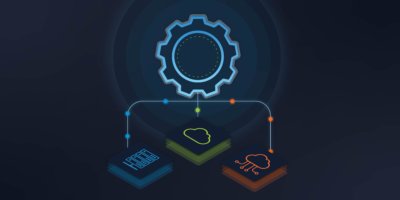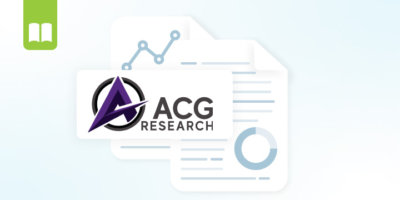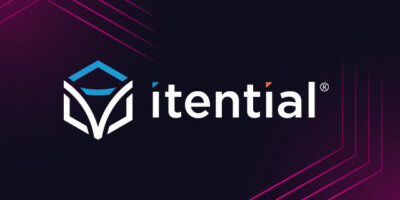Enterprise and communications service providers (CSPs) may have very different intentions and audiences, but the challenges associated with digital transformation are virtually the same for both. Ultimately, they are looking to achieve the same outcomes: improve the customer experience, reduce operating costs and increase the pace at which they innovate. With technology changing at an increasingly rapid pace, the complexity of applications and services continues to grow, requiring organizations to rethink the traditional approach they’ve taken to managing networks – like cloud, SD-WAN, data center, wireless, and network applications.
Investing in orchestration has become more of a priority for organizations as they explore new ways to manage networks, though their approaches continue to vary.
Why Monolithic and Unstructured Approaches to Automation Don’t Scale
Some CSPs have taken the monolithic approach, which includes comprehensive orchestration and frameworks intended to support a wide range of use cases across multiple technology domains. However, due to the size and scope of these frameworks and models, this approach takes considerable time, effort, and money to develop and evolve. The other approach is an unstructured one that involves teams using different tools, models, and frameworks for their orchestration and automation use cases.
For example, CSPs may use a platform like Ansible and a workflow engine like Camunda for some use cases and Python scripts for other cases. This ad hoc approach allows for quick wins and automates simple use cases while demonstrating relatively good results compared to manual methods. However, as customers see quick wins, the demand for more automation of use cases becomes greater, thus increasing complexity.
So which approach works best? Perhaps there is a middle ground between both the monolithic framework and the ad hoc approach — one that requires careful planning, a clear understanding of the automation tool options, and clarity around the best practices for modular orchestration/automation design.
The Three Key Capabilities Needed to Find Your Middle Ground
In order to bridge the gap between the monolithic and unstructured approaches, it is critical to consider requirements for the future telecom network: a cloud-centric, multi-domain, multi-vendor, multi-technology network environment with programmability at every level. One implication of this future is that different domains will evolve at different rates, and the tools required to orchestrate and operated within the domains will also evolve. The middle ground approach incorporates this into the design of the orchestration model – domains should have a high level of autonomy, while the interactions and underlying business agreements between the domains should be identified and defined. This enables domain teams to move at their own pace of innovation and orchestration while maintaining interconnectedness across the network environment.
The automation and cross-domain orchestration market is at an interesting point — today, CSPs feel more pressure to adopt automation on a larger scale. By adopting this approach, early efforts in automation can continue to drive value, with an even greater opportunity for value creation through the orchestration of the various automated networking activities.
It is crucial for operators to select orchestration solutions that offer the lowest cost to implement, operate and modify.
Rapid Integration Capabilities & Flexibility are Mandatory
New technologies and capabilities are becoming available at a rate that far surpasses the rate that IT integration teams and standards bodies can accommodate. For example, in the past five years, the focus of service providers has shifted from virtualization to containerization as the preferred method for network function deployment and management. Orchestration systems that are hard coded to specific technologies are limited to those technologies.
Orchestration and Automation Must be Accessible and Easy to Use Regardless of Domain
Orchestration and automation platforms have been predominantly based on older, development-heavy software technologies, and subsequently have required significant investments in professional services and software development expertise to deploy and maintain, diminishing business value by increasing the total cost of ownership and extending program durations unnecessarily.
Orchestration Must be Highly Scalable to Meet the Growing Demands of Global Operators
In the service provider environment, the size and scope of the infrastructure, and the explosive growth in the rate of change in that infrastructure, places heavy demand on the orchestration infrastructure for availability, performance, and scalability.
Again, multiple approaches to cross-domain orchestration have been attempted by CSPs and enterprises alike, with various levels of success. The organizations that take extra time to plan and visualize an ideal outcome, get to know the options in front of them, and leverage cross-domain orchestration from a cloud-centric perspective will ultimately.
How the Itential Automation Platform Enables Cross-Domain Orchestration
Through its patented integration capabilities, the Itential Automation Platform provides network teams the ability to connect all of their systems and domains, limiting time wasted swivel-chairing between dashboards and services. This vital capability is the first step toward transforming siloed automations into end-to-end workflows that align with a cross-domain orchestration mindset.
Without the need to hard code specific data and processes, teams can use Itential’s drag-and-drop canvas to create automations that leverage JSON forms to translate data between disparate systems and domains. Once these automations are built, they become available organization-wide for anyone on the team to deploy, and the platform maintains proper testing and guardrails at every stage. This process bridges the gaps faced when exploring the transition from single-domain to scalable, cross-domain network orchestration.
To learn more, watch my recent webinar on the key capabilities needed to support cross-domain orchestration now and into the future. You can also check out Itential’s unique approach to cross-domain orchestration in ACG’s industry report here.
This article was originally published on RCR Wireless News.





